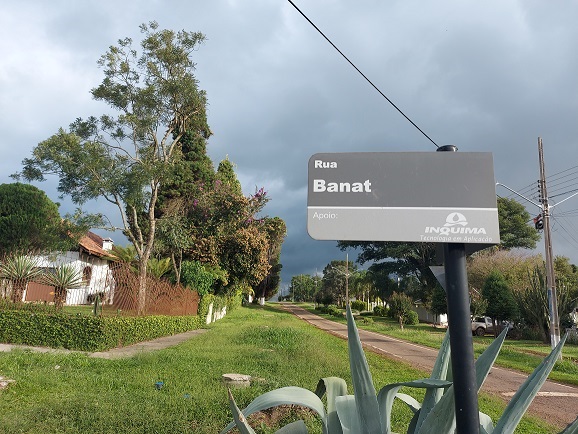Transnationalism

Danube Swabian history starts in the eighteenth-century, as a history of imperial colonization/settlement. When conceived in the interwar period, the ethnic category ‘Danube Swabians’ was meant to provide a common identification for the descendants of the eighteenth-century colonists living in three different states, as a consequence of the dissolution of the Habsburg Empire. Regarding ‘Danube Swabians’ as part of the German ‘diaspora’ also implies an identification cutting across nation-states. Moreover, even if the flight and expulsion of Germans at the end of the Second World War and the subsequent migration process during the Cold War largely equalled a ‘return’ to the Federal Republic of Germany, Danube Swabians migrated to several other states, e.g. Austria, France, Brazil, the United States, or Canada, in some cases drawing on earlier migration flows.
The research area ‘transnationalism’ acknowledges the transnational character of Danube Swabian history, of the networks, of the mobility processes, and of the entanglements defining it. In its engagement with topics pertaining to Danube Swabian as well as southeast European history up to the present, it resituates the place of the nation-state and does not consider it to be by default the main unit of analysis (yet without ignoring its role). Furthermore, it analyses such topics within broader settings, emphasizing their transnational and global contexts.

